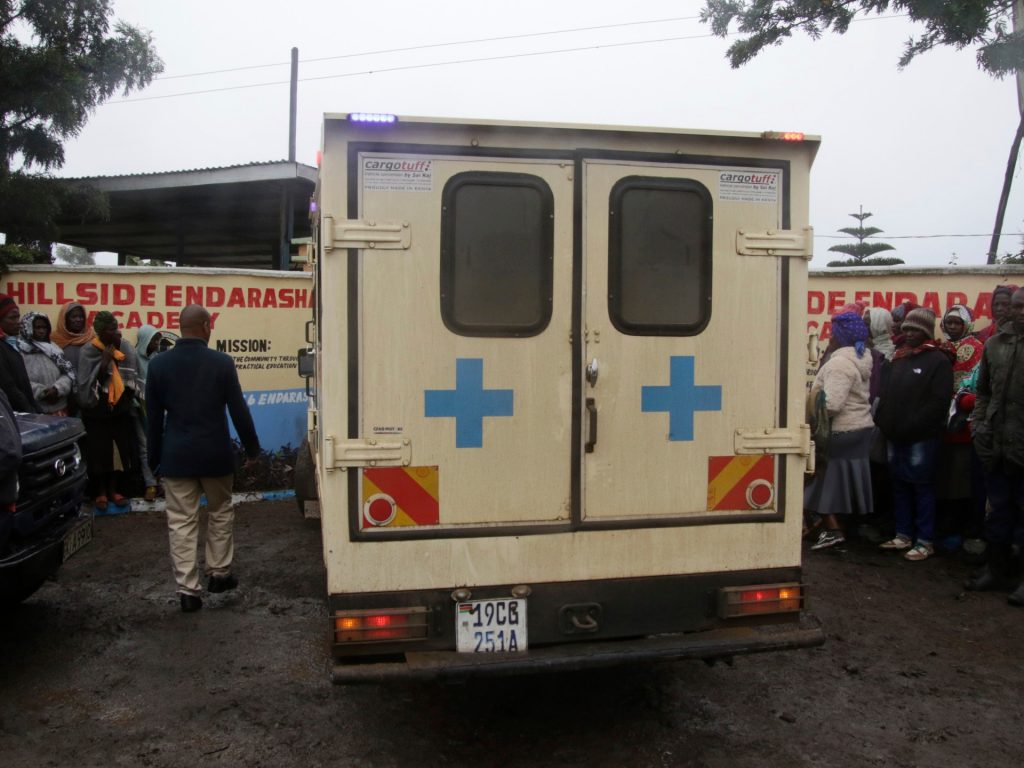A fire has broken out at a girls’ school in central Kenya just two days after a boarding school inferno killed 21 boys at another school.
Firefighters were battling a blaze at a girls’ school in central Kenya, just two days after an inferno killed 21 boys at another school.
The latest inferno, reported on Saturday evening, took place at Isiolo Girls High School, in Isiolo County in central Kenya.
“Around two to three buildings are on fire”, Isiolo County communications director Hussein Salesa told AFP news agency.
National police spokeswoman Resila Onyango said a fire incident had been reported at the school at around 8pm (17:00 GMT).
“Officers from Isiolo Sub County rushed to the scene and the fire has been contained with assistance by Kenya Defence Forces and Isiolo airport fire engines,” she said in a statement.
The Kenya Red Cross also confirmed the incident, saying that a fire “has been reported” and that response teams have been “activated”.
Kenya’s Star news outlet reported that Saturday’s inferno “caused panic among parents and guardians even as locals rushed to the rescue of the students and property”.
The school lies about 140km (90 miles) to the northeast of the Hillside Endarasha Academy, where flames tore through a dormitory full of sleeping boys on Thursday night.
A fire ripped through the dormitory of a boarding school, killing at least 21 boys who were sleeping and injuring 27 others.
Do school fires occur frequently in Kenya?
Unfortunately, yes, particularly fires in boarding schools. In several cases, authorities have confirmed arson as the cause and have usually found students to be the culprits.
In 2016, Kenyan authorities documented 130 cases of school burnings related to student unrest. At least 63 arson cases were reported in 2018, according to parliamentary records.
The leading cause of school fires is arson, according to the findings of a study by University of Nairobi researcher Isaac Muasya. Faulty electrical appliances such as electric cookers and flammable substances such as cigarettes also pose a significant risk, Muasya’s study found.

